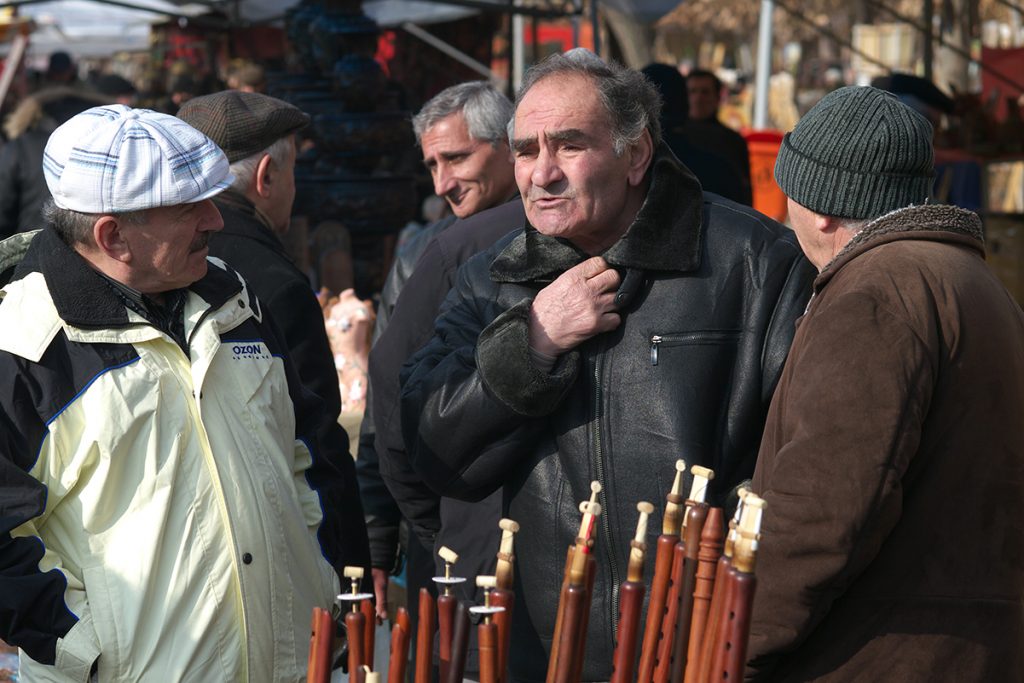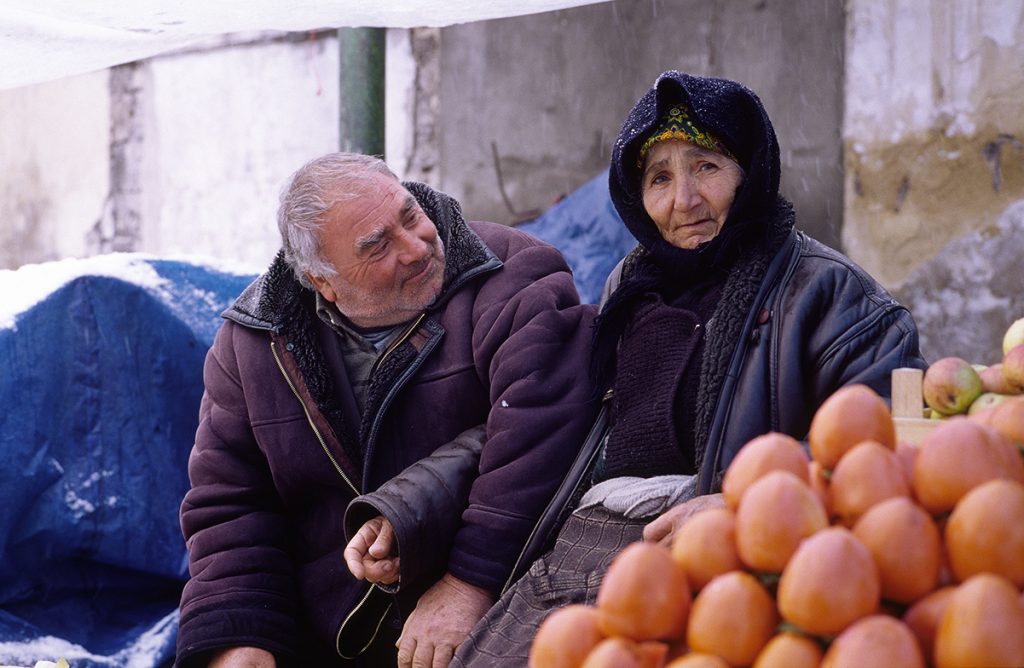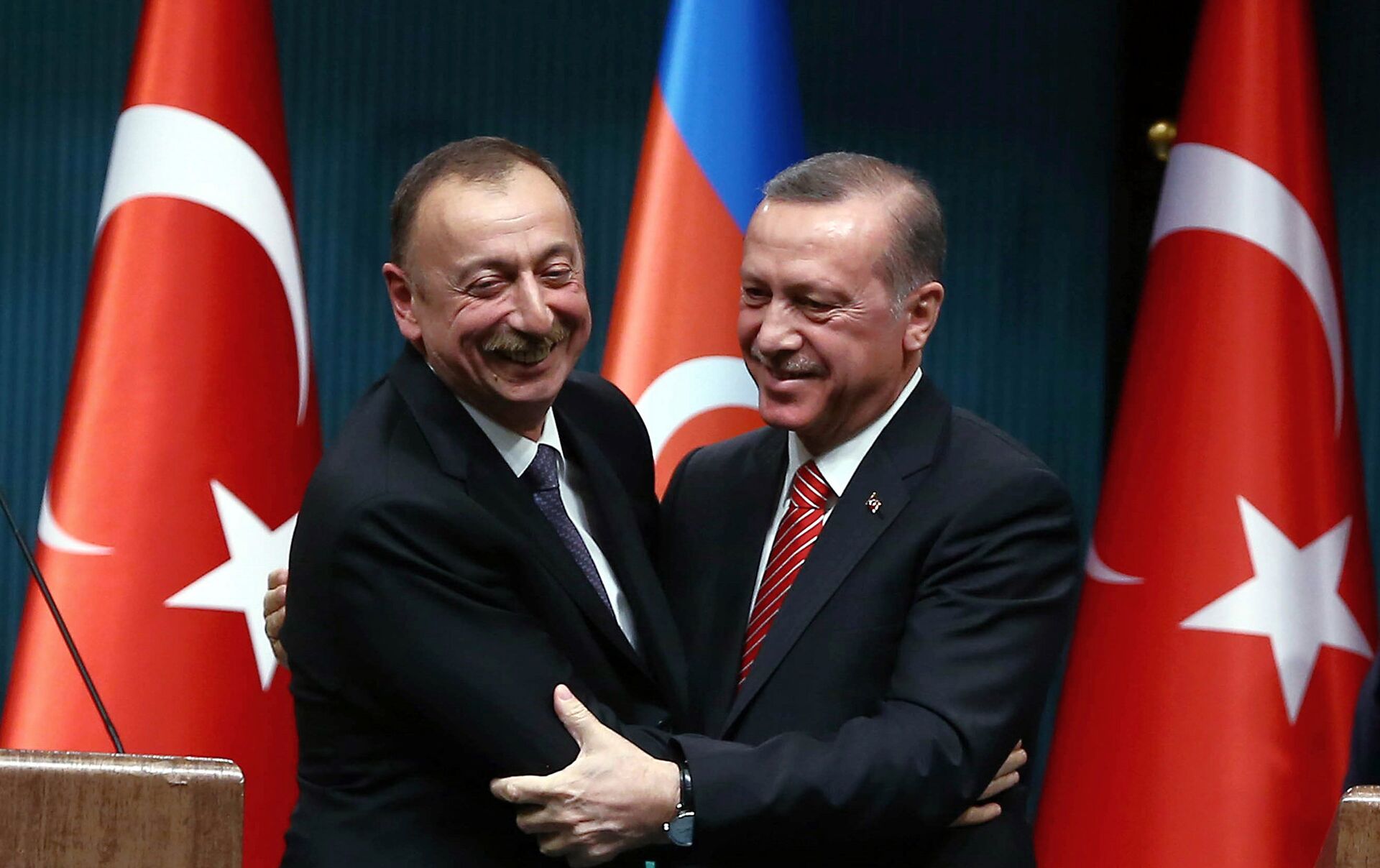Armenia on verge of economic stagnation: what to expect in 2021
The year 2021 may be one of the most difficult years of the past decade for the Armenian economy.
Forecasts from the state authorities indicate that even half of the necessary economic restoration will be impossible to complete in the near future.
Initially, Armenia’s Ministry of Finance estimated a 4.8% growth in the draft state budget for 2021, however, in the final version, the forecast dropped to 3.2%. Meanwhile, the negative economic growth of 2020 could exceed 8%, which would then make it the worst recession of the Armenian economy since the 2008 crisis.
- Armenian PM: ‘2021 a year to restore the economy.’ Experts doubtful
- In spite of war and virus: Armenia’s attempt to reboot tourism
- Armenian FM condemns sale, destruction of Armenian churches in Turkey
How has Armenia ended up in this situation?
The state cabinet under Pashinyan’s leadership expected a 5% growth rate in 2020 and the year did start off well. The economic indicators for the first two months were promising, but then the coronavirus pandemic reached Armenia.
A strict two-month lockdown was introduced in mid-March and resulted in almost all of the country’s enterprises being closed down. The lockdown did not solve the pandemic crisis, but it did facilitate a deepening of the economic recession.
The crisis continued against the background of closed borders, logistical problems, and the prohibition of activities in some industries. Revenues from tourism completed dropped out and indicators of industrial production, services and trade are, to this day, facing with devastating losses.
What happened in Armenia is not much different from the experiences of other countries integrated into the world economy.
The full-scale war in Nagorno-Karabakh became the second powerful blow to the country. Contrary to public expectations, the fighting did not end in a matter of days and the six-week war literally bled the country’s economy.
At the beginning of the year, the national debt of Armenia was below 50% of GDP, now this figure is approaching 70%. Presumably, the government was forced to take out loans in order to purchase weapons and meet the needs of the army. It is worth noting that 70% is considered a dangerous threshold when the state may face problems with servicing the national debt.
What this means is that the cabinet will reduce capital expenditures – that is, funding for the construction of schools, road repairs, and, perhaps most importantly, the creation of new job opportunities.

New minister and big promises
Immediately after the signing of the ceasefire agreement in November 2020, amidst calls for his resignation, Prime Minister Nikol Pashinyan presented a program for reforming the government and its activities. Making it clear that he was not going to leave, he announced his intention to make wholesale changes in the make-up of the government. One of the first of such changes was the appointment of a new Minister of Economy, Vahan Kerobyan.
Kerobyan is a successful businessman, as the food delivery service he founded operates not only in Armenia but also in several post-Soviet countries. With that being said, one should also note that Vahan Kerobyan does not have specialized education and experience in public administration.
The new minister first announced his expectations to establish economic ties with Turkey and Azerbaijan, then said he was going to ensure double-digit economic growth this year:
“My optimism about the economy has not changed. Almost every day I meet with investors to solve their problems. Recently, an issue was resolved with a company that is engaged in urban development and intends to invest 100 million drams [approximately 192,000 USD] to build a residential building on Teryan Street in the center of the Armenian capital”.
In March Kerobyan should submit a plan to overcome the numerous economic challenges that have arisen in the country.

Expert commentary: What will the reality be like?
Perhaps, the opinions of experts have never been less divided than they are right now. They all agree that 2021 could lead to a partial recovery but not to double-digit growth. The World Bank, too, predicts a growth rate of only 3.1% for Armenia.
Economist Hrant Mikaelyan is confident that the minister’s predictions will not come true:
“He expects double-digit growth in 2021, which assumes a decline of about 8.5% in 2020 and will result from the low base effect, as well as the reopening of communication routes. This is not the first time Kerobyan has spoken about this and that’s is where he is sorely mistaken. There is no reason to expect that Armenia will somehow benefit from the reopening of communication routes”.
Mikaelyan talks about re-establishing transport communications in the region, which the leaders of Armenia, Azerbaijan, and Russia agreed on after the Karabakh war. The process has already started at the level of negotiations and planning. However, experts believe that in the best-case scenario, the first routes will reopen no sooner than in two years’ time.
The second important point is a significant reduction in foreign direct investment.
“Direct foreign investments in the Armenian economy reached zero in 2020. In January-September 2020 (even before the war), the net inflow of foreign investment into the Armenian economy only amounted to 311 million drams (630,000 USD). To better understand the situation, you just need to remember the figures for previous years. For the same period in 2019, this amount was 80 million USD, 128 million USD in 2018, 118 million USD in 2017, 96 million USD in 2016, and 168 million USD in 2015″.

Armenia’s economy won’t be the same
The Armenian economy not only suffered from the pandemic and the war but also changed irrevocably, economist Vahagn Khachatryan argues. The country has lost some key economic projects, including the Zod gold mine, which was partially transferred to Azerbaijan. The same list includes about two dozen small hydroelectric power plants in Nagorno-Karabakh, which were closely integrated into the energy system of Armenia. All of the above call for the authorities to reconsider the existing economic policy.
“2021 will be the most difficult year for the country. There are a lot of uncertainties and very few opportunities. We need to find new sources of funding. Added to this is the unstable political situation in Armenia. So, if we have a positive indicator of even 1%, it will be a good result”, Vahagn Khachatryan believes.
The forecasts of financial structures and responsible persons on an annual basis are still unstable since it is unclear when it will be possible to neutralize the impact of coronavirus on the global economy.
“I think that the government also understands that the year will be difficult, as it is going to raise taxes in order to fill in possible shortfalls in the budget”, says Vahagn Khachatryan.

Armenia can only overcome the difficulties that have arisen if it manages to increase the share of value-added production. That entails the creation of profitable industrial enterprises. This list also includes the creation of enterprises for processing raw materials from the mining industry, as currently it is mainly focused on selling them.
The ongoing decline in economic performance will inevitably lead to an increase in the number of poor people in the country.
“If we do not achieve any growth or there is little growth, as I predict, this will certainly lead to a decrease in the level of real income of the population. We have to think about how to prevent this and if we fail to do so level of social discontent will rise”, says Vahagn Khachatryan.
Another factor weighing heavily on the Armenian economy is the exchange rate of the national currency. Since the beginning of the war, it has significantly depreciated in relation to the major currencies, such as the dollar and euro, and the process continues.
The Central Bank of Armenia is confident that there are no objective reasons for this, and speculative sentiments in the currency market negatively affect the exchange rate of the dram. Nevertheless, in order to reduce inflation, the Central Bank adopted a 1% increase in the interest rate. Now, loans that the Central Bank issues to commercial banks will be 1% more expensive, and the interest on loans issued by the commercial banks will also increase.



















